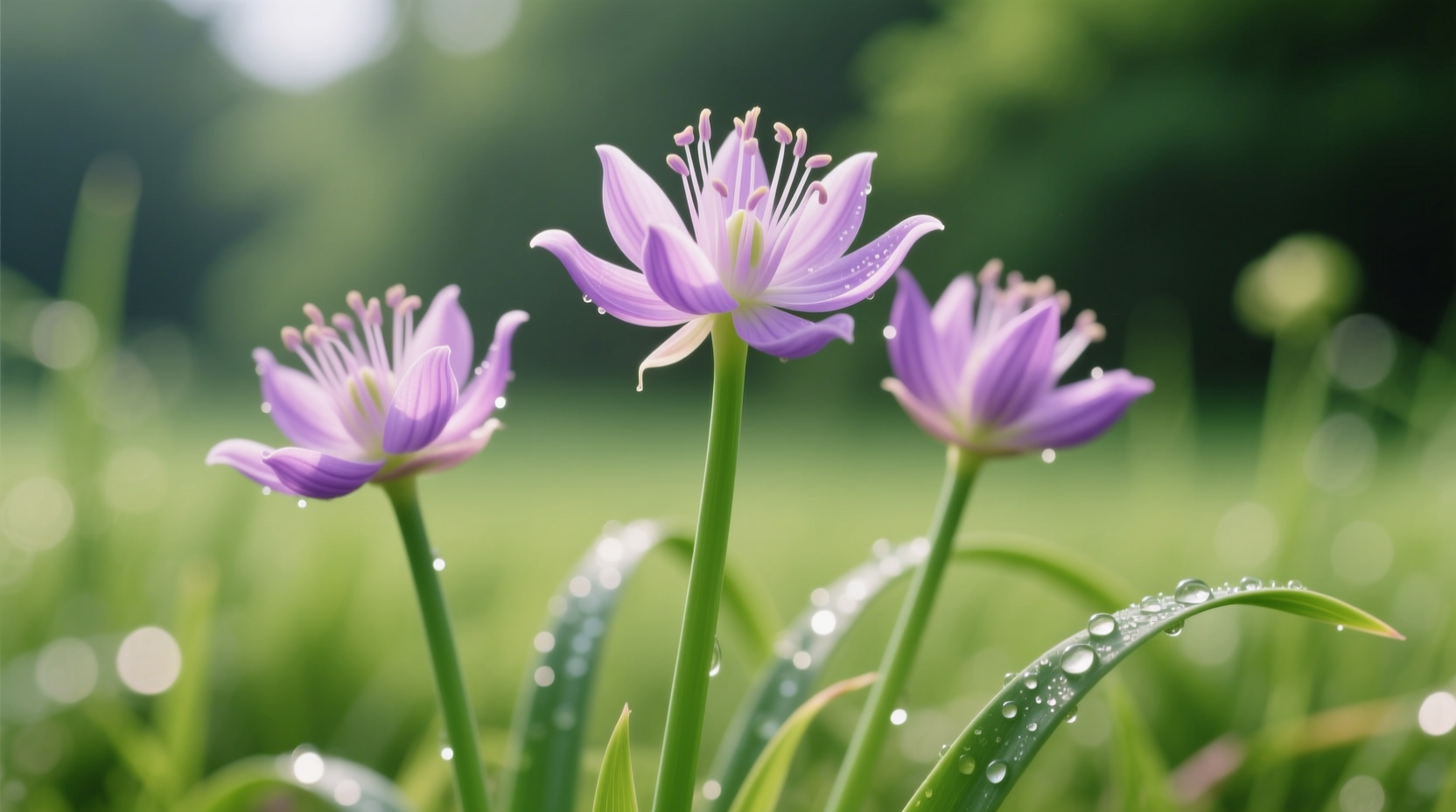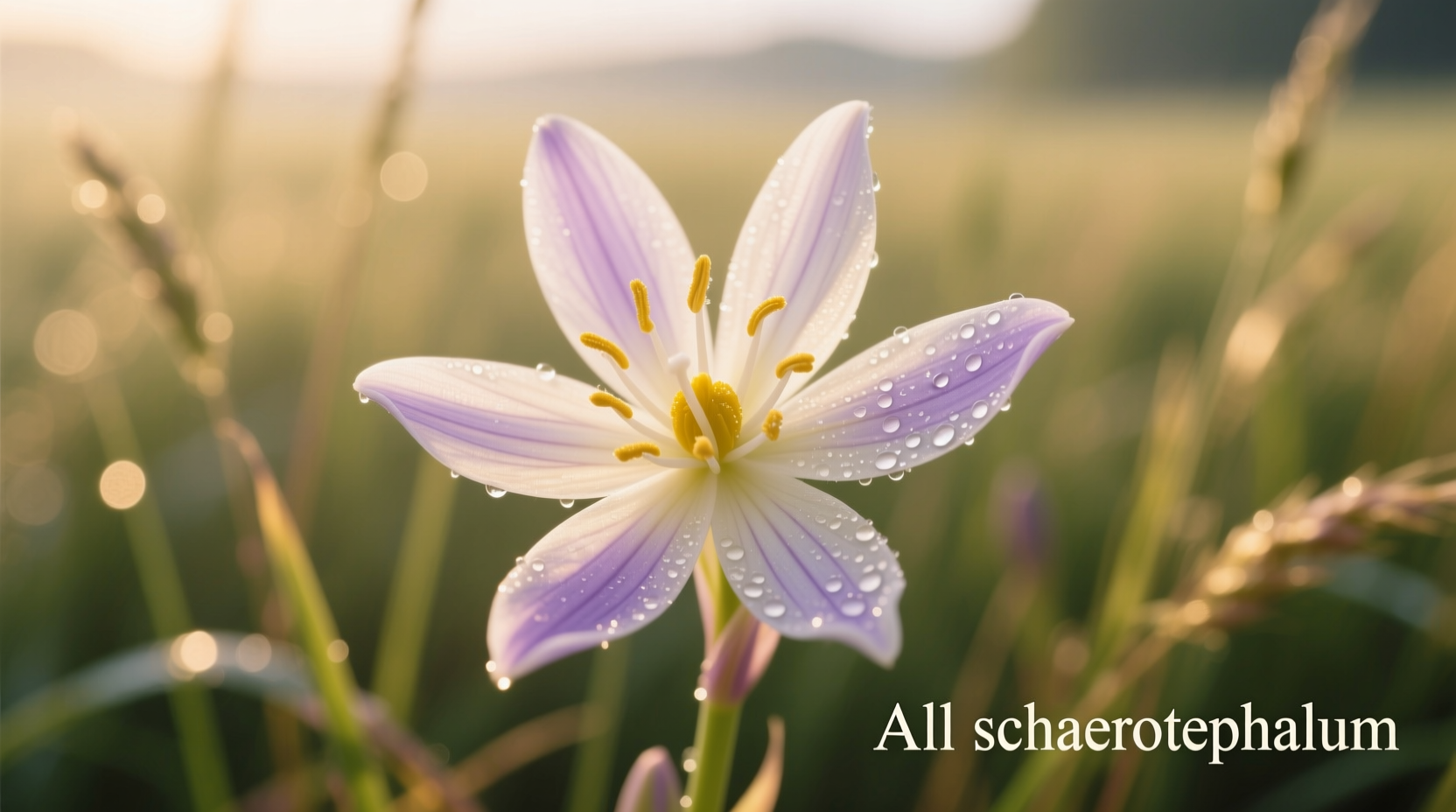When your onion plants suddenly produce beautiful spherical flower heads, you're witnessing the natural reproductive cycle of Allium cepa. These blossoms, often appearing in late spring or early summer, signal that your onion plants are shifting energy from bulb development to seed production. For home gardeners and cooks, this presents both challenges and opportunities that require informed decisions.
What Exactly Are Onion Blossoms?
Onion blossoms represent the flowering stage of onion plants, scientifically known as Allium cepa. These spherical umbels typically feature dozens of tiny star-shaped flowers clustered together, creating a distinctive pom-pom appearance. Most commonly purple or white, these blossoms emerge on hollow, sturdy stalks that rise above the green foliage.
From a botanical perspective, onion blossoms serve the plant's reproductive purpose. Each flower contains both male and female reproductive organs, allowing for self-pollination or cross-pollination by insects. The flowering process follows a precise biological sequence that begins with the formation of a flower bud inside the protective leaf sheath.
| Flowering Stage | Duration | Visible Characteristics |
|---|---|---|
| Bud formation | 7-10 days | Swollen tip inside leaf sheath |
| Stalk emergence | 3-5 days | Hollow stalk piercing through leaves |
| Flower development | 10-14 days | Individual buds forming spherical cluster |
| Full bloom | 5-7 days | Open star-shaped flowers, fragrant |
| Seed formation | 3-4 weeks | Flowers fade, seed pods develop |
Why Do Onions Suddenly Flower?
Onion flowering, technically called "bolting," occurs when environmental conditions trigger the plant's reproductive cycle prematurely. University of California Agricultural and Natural Resources research identifies several primary triggers:
- Temperature fluctuations: Exposure to temperatures below 50°F (10°C) for 2-3 weeks followed by warmer weather
- Day length changes: Long daylight hours signaling seasonal transition
- Plant stress: Water shortages, nutrient deficiencies, or root disturbance
- Genetic predisposition: Some varieties are more prone to bolting than others
According to Cornell University Cooperative Extension field studies, early-season temperature swings cause the most problematic bolting in commercial onion production. Their research shows that when seedlings experience cold periods followed by warming trends, up to 40% of certain varieties may bolt prematurely.
Edible Beauty: Culinary Uses for Onion Blossoms

Onion blossoms aren't just attractive—they're completely edible with a mild, pleasant onion flavor. Unlike the stronger taste of mature bulbs, the flowers offer a delicate allium essence perfect for enhancing dishes without overwhelming other ingredients.
Harvest blossoms in the morning when they're most vibrant and hydrated. Gently snip the entire flower head or individual blooms, taking care not to damage the plant. For immediate use, rinse lightly and pat dry. The blossoms work beautifully as:
- Salad garnishes adding color and subtle flavor
- Cocktail decorations for sophisticated presentations
- Infused vinegars and oils for gourmet finishing touches
- Edible decorations for canapés and appetizers
For longer storage, place blossoms in a container lined with damp paper towels in your refrigerator's crisper drawer. Properly stored, they'll remain fresh for 3-5 days. Avoid washing until ready to use to prevent premature wilting.
Gardening Implications: How Flowering Affects Your Harvest
When onions flower, they redirect energy from bulb development to seed production, directly impacting your harvest. Research from the USDA Agricultural Research Service demonstrates that flowering onions typically produce bulbs 20-30% smaller than non-flowering counterparts.
This energy shift follows a clear biological process:
- The plant halts bulb enlargement to support flower development
- Existing bulb layers may separate, reducing storage quality
- Neck tissue hardens, creating entry points for disease
- Overall yield decreases as resources move to reproductive structures
Understanding these dynamics helps determine your response strategy. If you're growing onions primarily for immediate consumption rather than long-term storage, flowering presents less concern. However, for storage onions, prompt action becomes crucial.
Practical Guidance: What to Do When Onions Bloom
Your response to onion blossoms depends entirely on your gardening goals. Consider these evidence-based approaches:
For Maximum Bulb Size
If you're growing onions for large, storage-quality bulbs, immediately remove the flower stalk at its base. University trials show that early removal (within 3-5 days of stalk emergence) can recover up to 85% of potential bulb size. Delaying removal beyond two weeks results in irreversible yield loss.
For Culinary Harvest
When growing onions specifically for their edible flowers, allow blossoms to develop fully. Harvest when 75% of flowers have opened for peak flavor and texture. Professional chefs recommend using blossoms within 24 hours of harvesting for optimal freshness and presentation value.
For Seed Collection
Allow flowers to complete their cycle if you're saving seeds. Wait until seed pods turn brown and begin to split before harvesting. Properly stored onion seeds maintain viability for 1-2 years, making them valuable for future planting seasons.
Preserving Onion Blossoms for Later Use
While fresh blossoms offer the best flavor, several preservation methods extend their culinary usefulness:
- Freezing: Place blossoms in ice cube trays with water or olive oil
- Drying: Hang small bunches upside down in a dark, well-ventilated space
- Vinegar infusion: Steep blossoms in white wine vinegar for 2-3 weeks
- Salt preservation: Layer blossoms with fine sea salt in a sterilized jar
Each method preserves different flavor compounds, allowing you to match preservation technique to your intended culinary application. Frozen blossoms work best for cooked dishes, while vinegar infusions shine in dressings and marinades.
Preventing Premature Flowering in Future Crops
Understanding why onions flower helps prevent unwanted bolting in subsequent plantings:
- Select varieties bred for your climate zone (short-day vs. long-day onions)
- Plant at the appropriate time for your region to avoid temperature extremes
- Maintain consistent moisture levels, especially during temperature fluctuations
- Avoid using nitrogen-heavy fertilizers that promote excessive top growth
- Choose sets larger than ¾ inch in diameter to reduce bolting risk
According to Oregon State University Extension Service, proper planting timing reduces bolting incidence by up to 60% in susceptible varieties. Their research emphasizes matching planting schedules to local climate patterns for optimal results.
Common Questions About Onion Blossoms
Are onion blossoms safe to eat?
Yes, onion blossoms are completely edible and pose no health risks. They contain the same beneficial compounds as onion bulbs but in milder concentrations, offering a delicate flavor perfect for garnishes and fresh preparations.
Do flowering onions still produce good bulbs?
Flowering onions typically produce smaller bulbs with reduced storage life. Research shows flowering can decrease bulb size by 20-30% and compromise storage quality due to neck hardening. For immediate consumption, flowering onions remain perfectly usable.
Should I cut off onion flowers?
Cut off onion flowers if you're growing for bulb production, especially within 3-5 days of stalk emergence. For culinary use of the blossoms or seed collection, allow them to develop fully. Early removal can recover up to 85% of potential bulb size according to agricultural research.
How long do onion blossoms last on the plant?
Onion blossoms typically remain viable on the plant for 2-3 weeks. The full flowering process from bud emergence to seed development spans approximately 6-8 weeks. For culinary use, harvest blossoms when 75% of individual flowers have opened for optimal flavor and texture.











 浙公网安备
33010002000092号
浙公网安备
33010002000092号 浙B2-20120091-4
浙B2-20120091-4